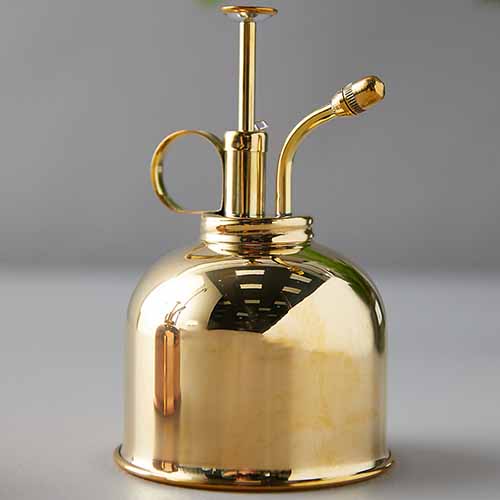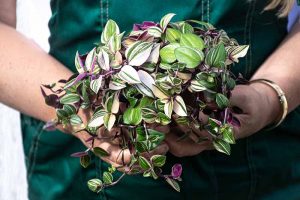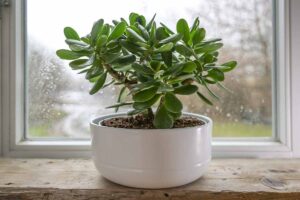Do you have a “black thumb?”
For plants of the Nepenthes genus – also known as pitcher plants or “monkey cups” – figuring out the how’s and when’s of watering rank at the top of the list of challenges for many who bring them home.
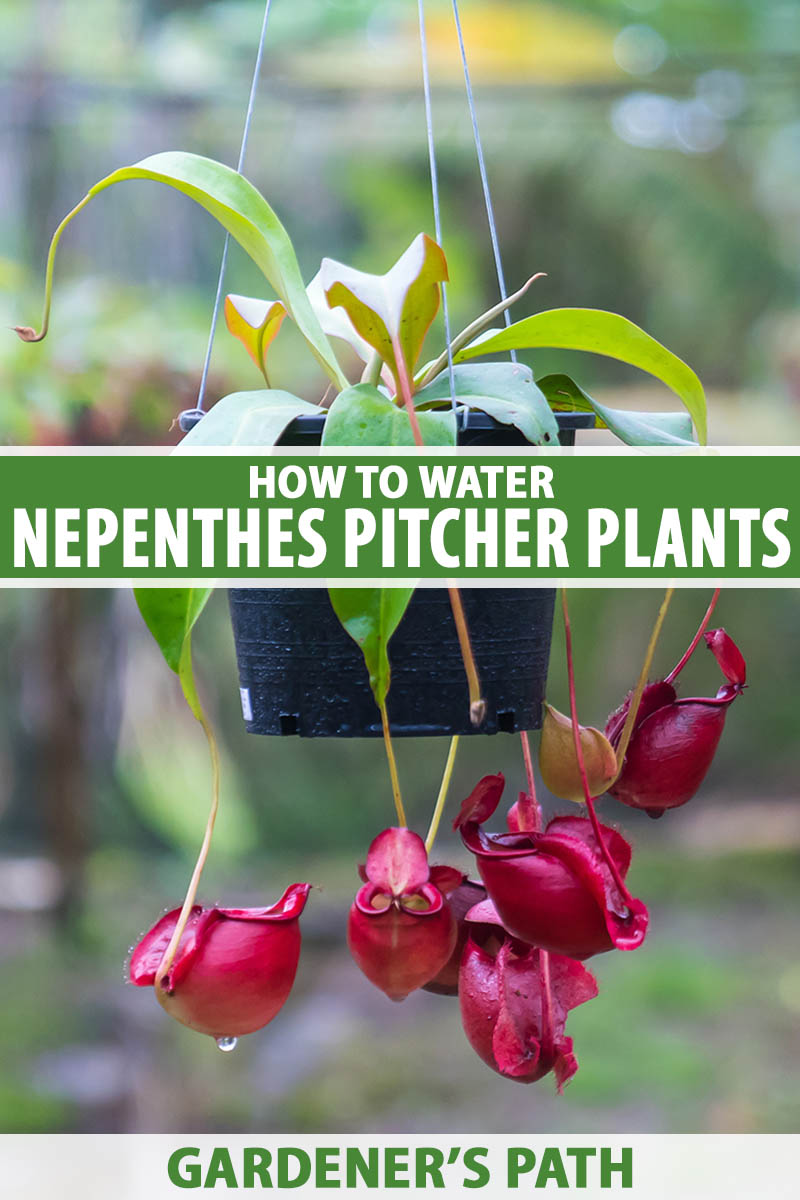
We link to vendors to help you find relevant products. If you buy from one of our links, we may earn a commission.
In our guide to growing tropical Nepenthes pitcher plants, we cover how to cultivate these fussy plants indoors.
Unexpected issues are so common that people who try their hand at growing them frequently give up, assuming they’re simply plant killers.
But never fear! We’re going to cover the best ways to maintain the moisture required for these species to live long, happy lives in your care. Perhaps we can cure you of that black thumb after all!
Here’s what’s on the menu:
What You’ll Learn
One of the most common mistakes houseplant enthusiasts make is taking a one-size-fits-all approach, and being uninformed about the specific moisture requirements for the species they select.
Every gardening website and messageboard on the internet that focuses on the care of indoor and outdoor specimens alike is teeming with questions and lamentations from gardeners trying to ascertain where they went wrong.
Whether you’re here because you already brought a Nepenthes home and you’re having difficulty providing for it, or you want to avoid any potential issues before the problem starts – smart move! – there are several things you should know.
Let’s take a look.
Suitable Water to Use
Because ancient relatives of plants in this genus adapted over millions of years to grow in environments where the substrate is acidic and lacking nutrients, they can’t take up what they need in terms of nourishment through their roots.
Instead, these species evolved to absorb what they need to survive from prey insects (and sometimes vertebrates) lured into their pitcher traps.
While this is an ingenious natural development, it has also made it impossible for them to live in nutrient-dense soil.
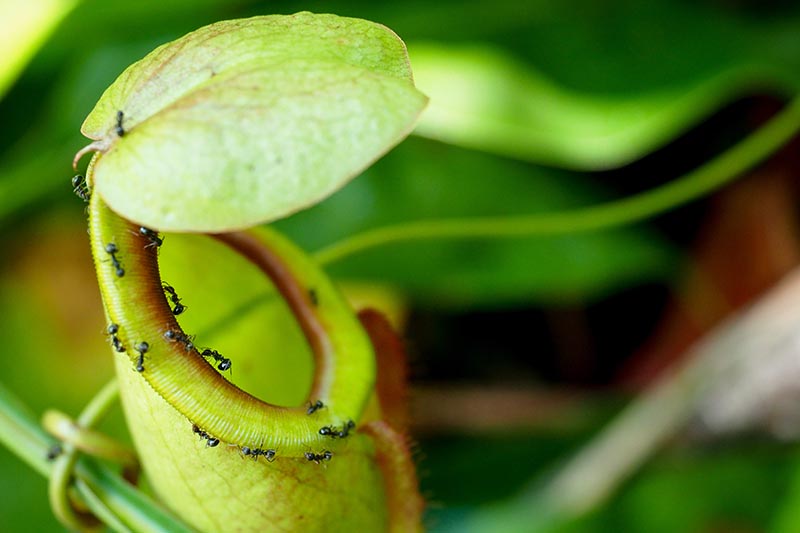
They’re more tolerant than some types of carnivorous plants, such as Venus flytraps and sundews, but they can still be damaged or killed by an overabundance of nutrients found in fertile soil, or provided via liquid or granular fertilizer – or even macronutrients transmitted to plants via water.
Forget everything you thought you knew about growing houseplants, because this ain’t the same old rodeo!
In addition to potting tropical pitchers in a soilless substrate that won’t overload them with nitrogen, potassium, phosphorus, and other tasty plant nutrients, you’ll also want to be mindful of what’s being introduced via your chosen water source.
The best types to use are distilled or purified, as they contain far fewer dissolved minerals and impurities. Just be sure you’re also feeding the pitchers with insects to meet the plants’ needs.
Some gardeners also like to collect rainwater to provide the necessary moisture to their carnivorous beauties.
How to Water Nepenthes Plants
Native to tropical areas in Southeast Asia, Australia, and Madagascar, these species are generally found in either low-lying jungles or mountain rainforests. Both environments are consistently humid year-round.
The mountain-growing types, known as highland species, prefer slightly cooler temperatures than others, and cool, gentle mists.

Those that are found in dense jungles below elevations of about 3,000 feet, known as lowland types, prefer high heat and constant, steamy humidity.
Translating this to indoor growing, these requirements amount to zero tolerance for a dry substrate. For either type, be sure to provide enough moisture to keep the roots slightly damp, but not wet, at all times.
To achieve this, add just enough distilled water for it to drip out of the drainage holes in bottom of the container. Be sure that any excess drains off well and avoid using clay pots, as they can wick water and cause the substrate to dry out quickly.
Another method is to bottom water by placing the pot in a shallow tray, filled no more than a third of the depth of the container, to allow the substrate to absorb just what it needs. This can be done every two to four days, to avoid overwatering.
Highland species that enjoy cooler evening temperatures benefit from having an ice cube placed on top of their potting mix before you go to bed each night. The cube will melt through the night and offer the cool moisture that they love.
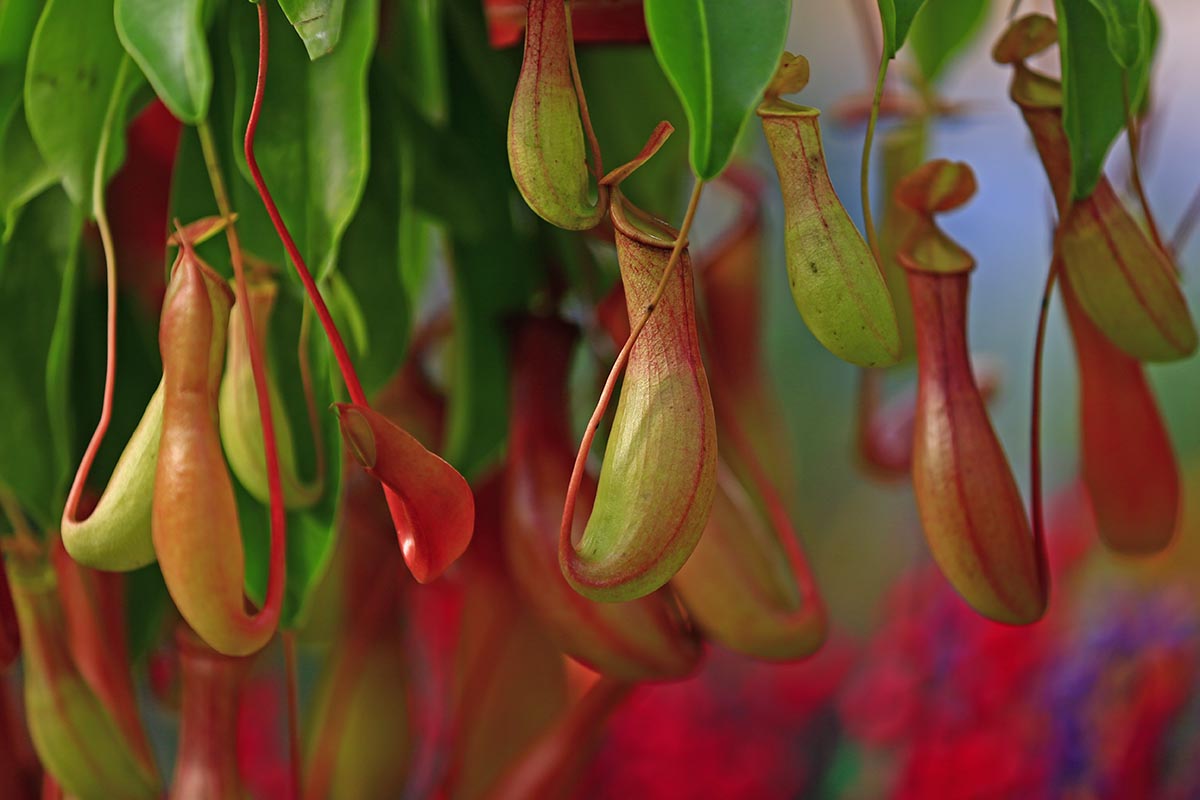
Misting is also recommended.
Use a fine, cool mist for highland species and a warmer, heavier spray for lowland species – but make sure there is enough available airflow to evaporate any remaining droplets on leaf surfaces, to avoid inviting bacterial or fungal disease to take hold.
You can find a decorative copper misting bottle available at Terrain.
Though some gardeners may advocate for shaking the water you plan to add to increase oxygenation, this isn’t a proven method – and it’s unlikely that the extra aeration will ever make it to the roots of your plants.
Instead, be sure to use a porous substrate that’s suited to growing Nepenthes, and avoid overwatering or allowing them to sit in oversaturated potting mix, which can lead to suffocation and rot.
A humidity tray placed under the container, or a humidifier running nearby, can (and should!) also be used to keep the air around your Nepenthes moist throughout the day.
A humidity level of 50 percent or more is best for highland varieties, while lowland types prefer 60 to 80 percent humidity.

ThermoPro TP49 Digital Hygrometer
Use a hygrometer, or moisture gauge, such as this one that’s available from ThermoPro via Amazon, and which also provides a temperature reading, to make sure you’re meeting this need.
When to Water
As I mentioned previously, waiting for the potting mix to dry out entirely as you might with certain other indoor specimens like ZZ plants spells certain death for any member of this genus.
Rather than waiting for the mix to feel dry to the touch, I find it’s best to follow a daily schedule in dry conditions, or every two to three days during periods of high humidity.
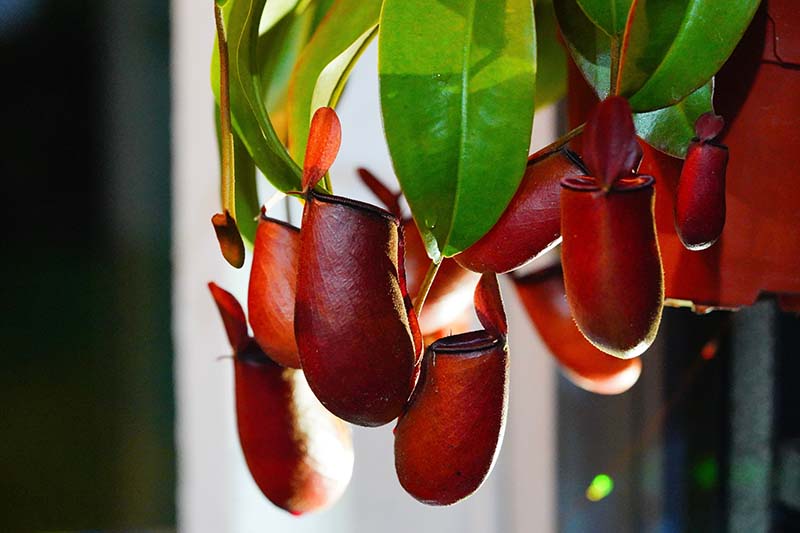
This will of course vary depending on your specific location, and the conditions there. The best option for beginners is to check your plants often, without fail!
Make sure the roots are not sitting in excess moisture that isn’t draining off, as this can lead to root rot. In other words, maintaining a moist substrate is key, but soggy, oversaturated soil is a no-no.
The pitchers themselves may also require watering.
When you first bring a new plant home, take a peek inside the pitchers. If they’re mostly or entirely empty, you can use an eyedropper to refill each one about a third of the way with distilled water.
This will prevent them from becoming dehydrated and dying off as they struggle to refill themselves.
If you notice the fluid inside the pitchers is periodically low or empty, this is a sign of insufficient watering, and low light.
This combination can lead to certain doom, so increase moisture levels ASAP, and provide more sunlight or a grow lamp.
Water, Water Everywhere
Tropical species almost always need a higher level of moisture when specimens are grown indoors, and are known to be intolerant of neglect and dehydration.
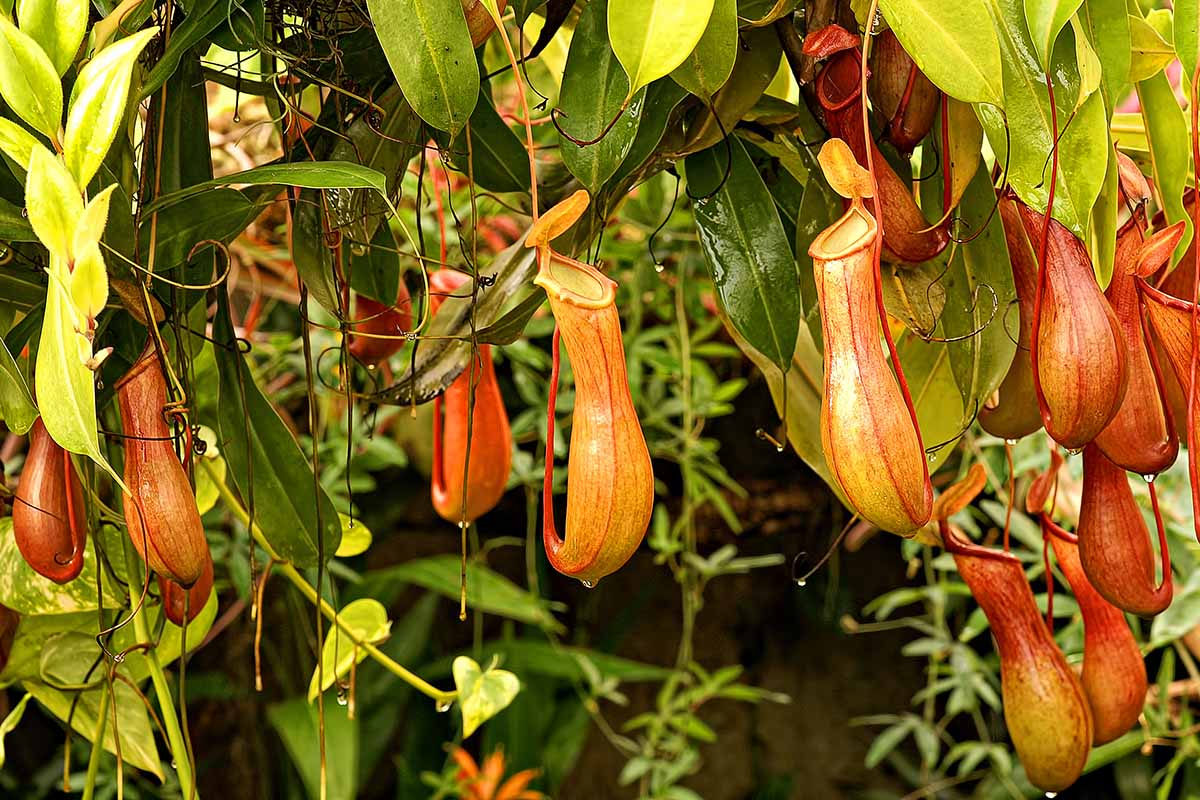
Despite what some might see as fussiness – or insurmountable odds, on the part of “black-thumbed” gardeners – you can in fact give Nepenthes species what they need to grow and thrive!
Are you a carnivorous plant beginner? Have any wisdom to share as an indoor pitcher plant aficionado? We look forward to hearing from you in the comments below! Feel free to share photos of your pitcher babies there as well.
Next up, increase your carnivorous plant knowledge base even more by reading these guides:
